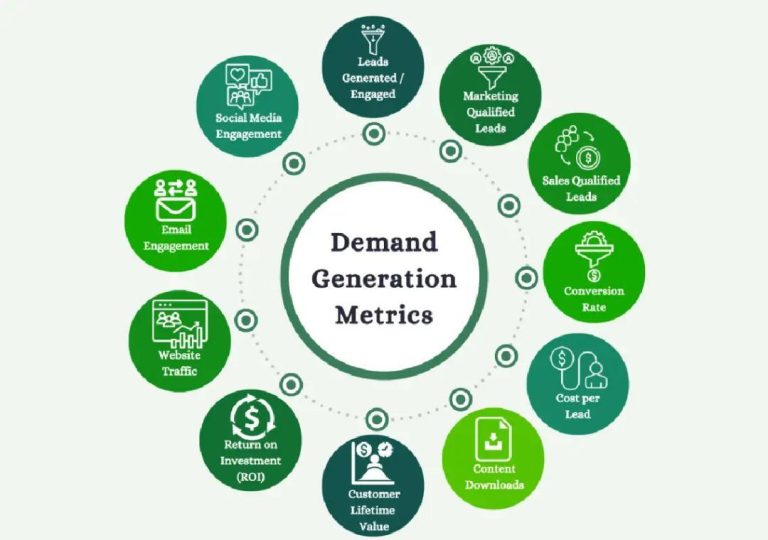
Cyberattacks Surge: Phishing, Malware Lead Threat Charts
In today’s digital age, cybersecurity risks are evolving rapidly, posing significant threats to organisations of all sizes. The latest reports indicate that phishing scams, ransomware, and data breaches have taken the top spots in the list of common cybersecurity threats. Attackers are now leveraging advanced technologies like AI and social engineering to target organisations, exploiting human error and weak system defences.
As reported by Growth Jockey, a leading provider of growth marketing solutions, the cybersecurity landscape is becoming increasingly complex, making it essential for companies to adopt proactive strategies, real-time monitoring, and regular training to stay ahead of these threats.
Phishing Scams: The Most Common Cyberattack
Phishing scams are one of the most common and lucrative cyberattacks, with attackers using emails, texts, and social media to trick victims into revealing sensitive information, such as passwords, credit card numbers, and personal data. According to the FBI’s Internet Crime Complaint Center (IC3), phishing scams resulted in over $2.7 billion in losses in 2020 alone.
Phishing attacks often involve sophisticated tactics, such as:
- Spear phishing: Targeted attacks against specific individuals or companies, using personal details and tailored messages.
- Whaling: Attacks against high-level executives or CEOs, using sophisticated social engineering tactics.
- Phishing campaigns: Large-scale attacks using automated tools to send millions of phishing emails.
To combat phishing scams, companies must educate employees on the latest tactics and teach them to be cautious when receiving unsolicited emails or messages. Implementing robust email filters and monitoring systems can also help detect and prevent phishing attacks.
Ransomware: A Growing Concern
Ransomware attacks have become a rising concern, with attackers using malware to encrypt files and demand payment in exchange for the decryption key. According to Cybersecurity Ventures, ransomware attacks resulted in over $20 billion in losses in 2020, with the average ransom demand increasing by 33% to $312,000.
Ransomware attacks often spread through:
- Phishing emails: Malware-laden emails that trick victims into opening infected attachments or clicking on links.
- Exploited vulnerabilities: Unpatched software or hardware vulnerabilities that allow attackers to inject malware.
- Infected software: Malware-infected software updates or downloads.
To mitigate the risk of ransomware attacks, companies must:
- Implement robust backup systems to ensure data recovery.
- Keep software and systems up-to-date with the latest security patches.
- Educate employees on the risks of ransomware and provide training on best practices.
Data Breaches: A Growing Concern
Data breaches have become a major concern, with attackers using stolen data to sell on dark markets or use for malicious purposes. According to the Identity Theft Resource Center, there were over 1,200 reported data breaches in 2020, resulting in the exposure of over 163 million records.
Data breaches often occur due to:
- Weak passwords: Easily guessed or cracked passwords that allow attackers to gain access.
- Insufficient security: Lack of encryption, firewalls, or access controls that leave data vulnerable.
- Human error: Accidental exposure of sensitive data through email or file sharing.
To prevent data breaches, companies must:
- Implement robust security measures, such as encryption and firewalls.
- Educate employees on data security best practices and the risks of data breaches.
- Regularly monitor and audit systems for potential vulnerabilities.
Conclusion
Cybersecurity risks are evolving rapidly, and companies must adopt proactive strategies to stay ahead of these threats. Phishing scams, ransomware, and data breaches are just a few of the common cybersecurity threats that companies face. By educating employees, implementing robust security measures, and regularly monitoring systems, companies can reduce the risk of cyberattacks and protect sensitive data.
Sources:
https://www.growthjockey.com/blogs/common-cybersecurity-threats






